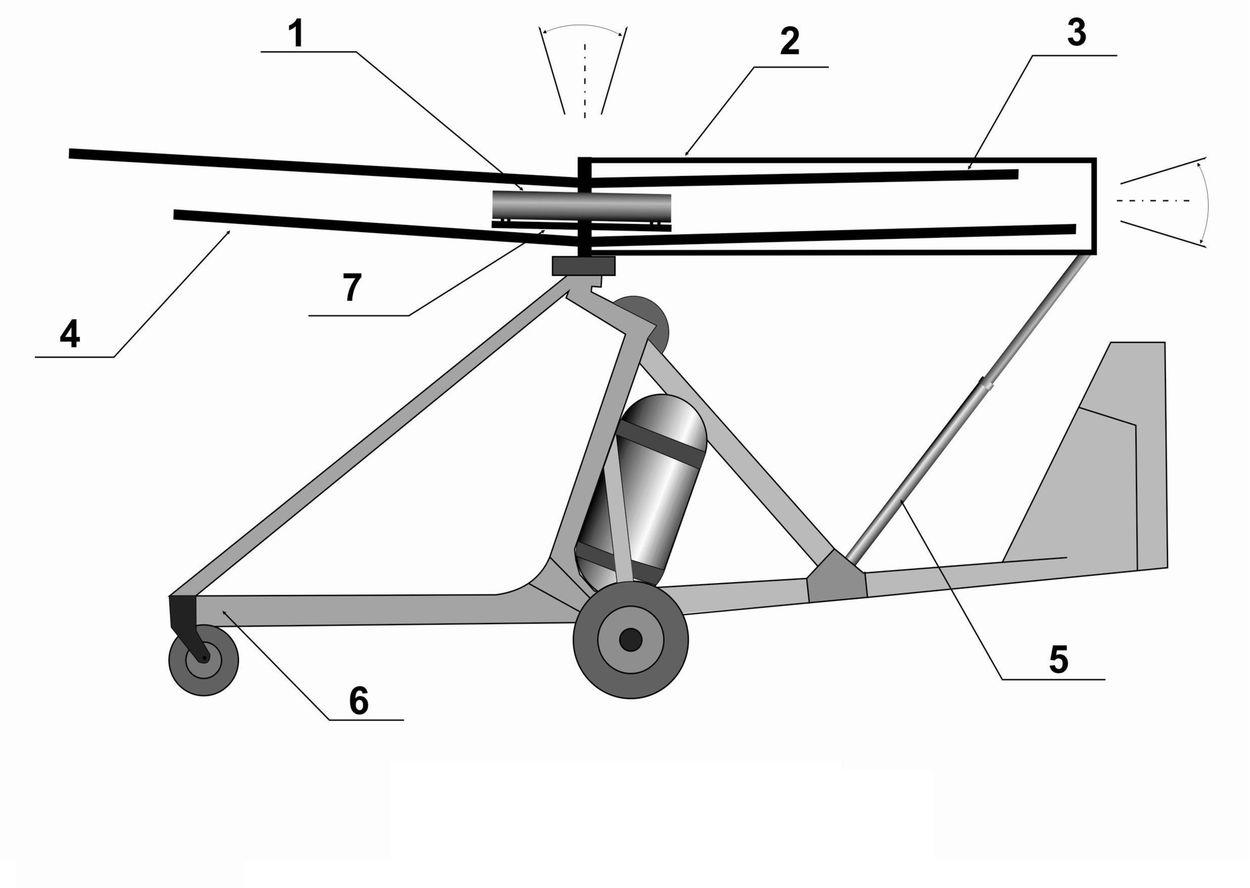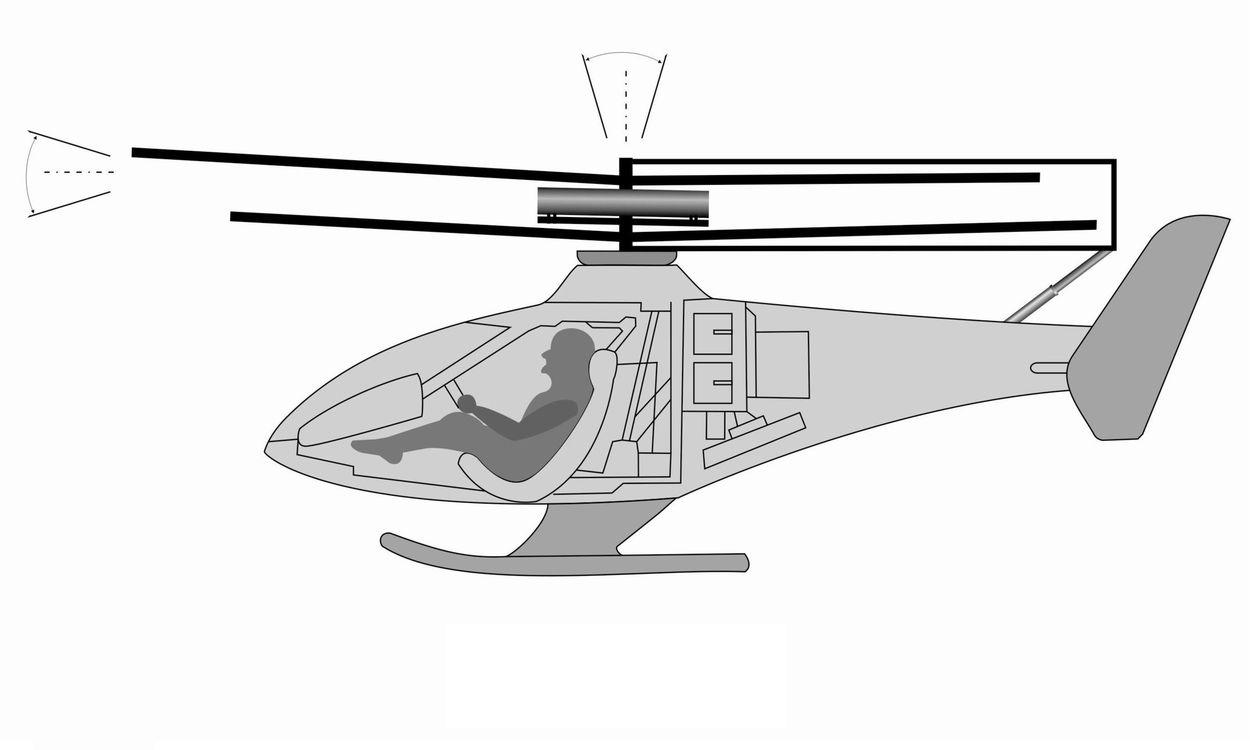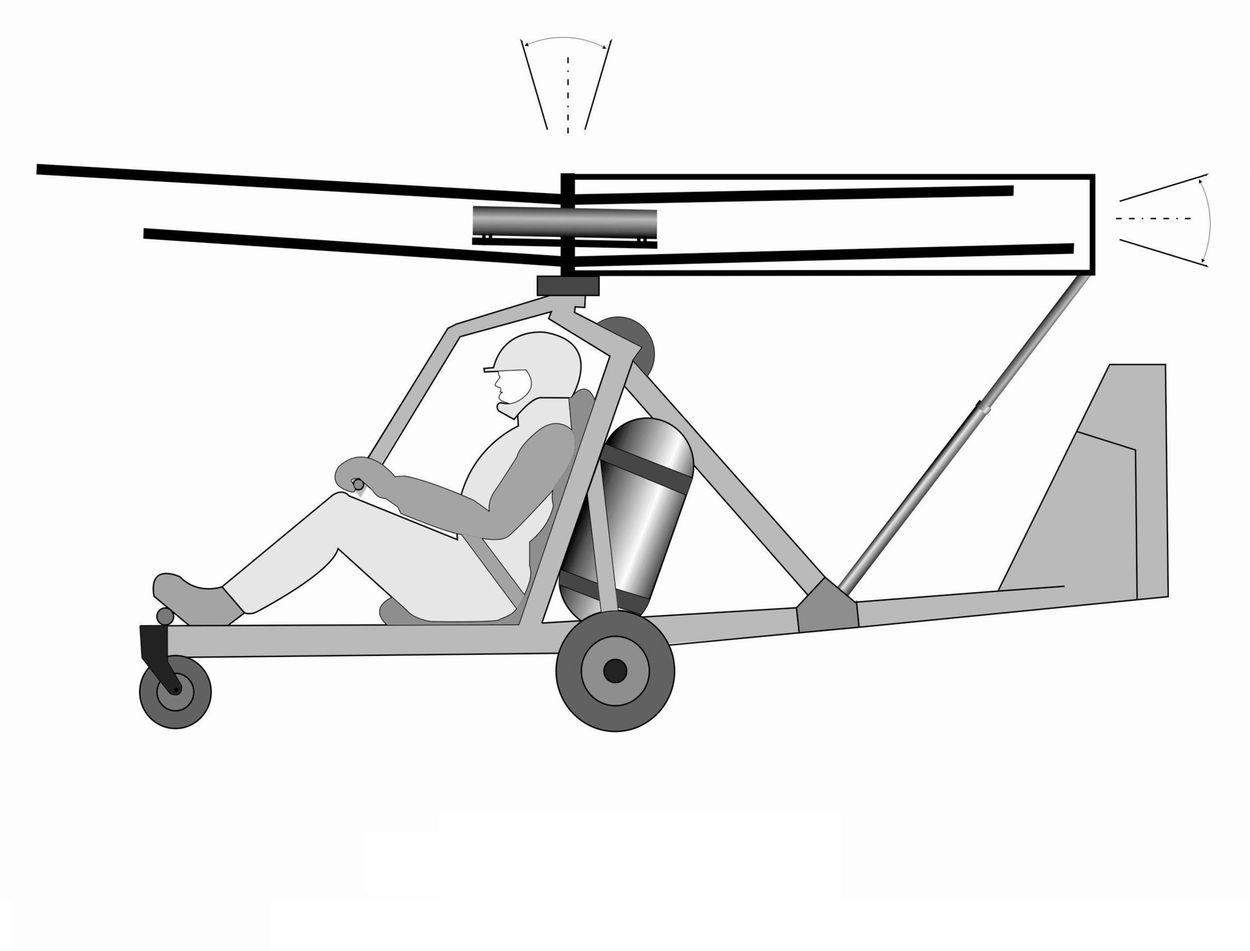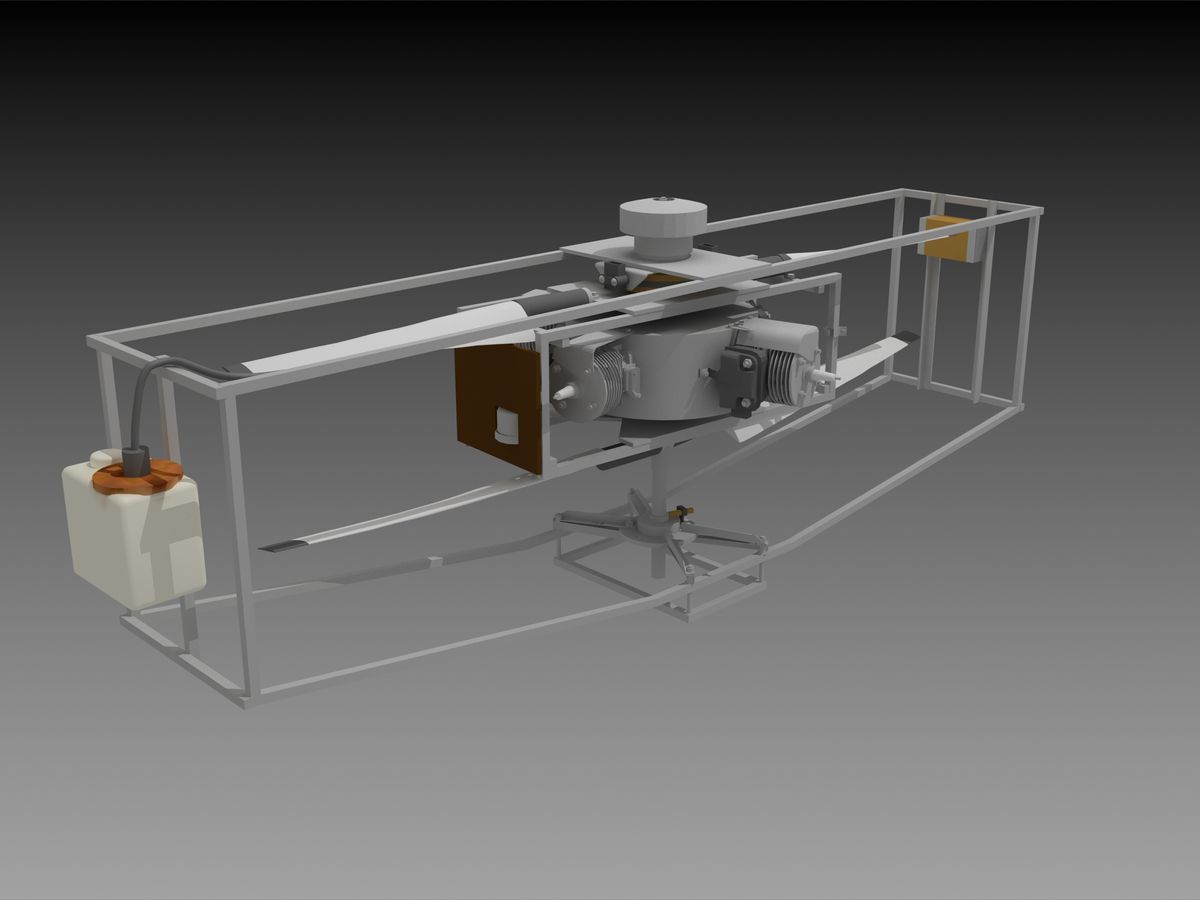Dear ladies and gentlemens!
The given page is devoted to our invention:
Which represents disk-shaped duple rotor-reciprocating engine with
a rotating cylinder block (BI-ROTATIVE*) This is
essentially new
scheme of transferring of energy gases
of internal combustion into mechanical energy.
Nothing common with Vankel's rotor engine!!!
*The rotative engine - from the word "rotation", that means
that the cylinder block rotates about the axis (shaft).
*The bi-rotative engine - the engine in which the energy of gases is
transmitted to a cylinder block and on an axis (shaft), that
means that the engine and an axis (shaft) rotate both.
The full version
in a format .doc -839kb
The given scheme was tested by us! Its functionability
and reliability, on the first test sample with a rotating cylinder block, in
which impact loadings are considerably reduced on metal, was checked up.
The engine (bi-rotative)
made under the new scheme, surpasses on power other analogs with a
conventional system of assembly as a minimum in 2 times. The used scheme has
allowed to avoid back-and-forth motion of pistons,
that has considerably lowered shaft loads at the high speed of the engine and
the friction of details is reduced by 50 %.
All this has allowed to increase sharply
characteristics of the power installation (engine) and its capability, to increase efficiency, to
lower metal consumption (power-to-weight ratio) in some times. Profitability is
raised. The engine (bi-rotative) has a
smooth course, a uniform torque. The consecutive order of ignition is 1.2.3.4.
The construction of the power installation (of the
engine) is simple in manufacturing, that allows to reduce
the period of its creation and of the production manufacturing. The used scheme
has allowed to depart from the traditional system of
lubrication, as the rolling-contact bearings were used. The relation of weight
to power, allows to reach it up to 0,3 - 0,2.
The lead preliminary engine (bi-rotative) tests have enabled to ascertain that
fact, that the engine can be ideally used on a VTOL (vertical take-off and
landing) aircraft.
By
our engineers the demonstrator of the concept of a pilotless VTOL (vertical
take-off and landing) aircraft was designed and made.
Constructional features of the
bi-rotative engine allows
to have two outputs for removal of power
with a different direction of
rotation.
Here in the bottom and from above the propellers are located. The
existing bi-rotative engine allows
to rotate two propellers
in the different sides with identical angular rate that allows to
design flight vehicles under the coaxial scheme, without application of the main
reduction gearbox and a column. Due to it, the weight of a
flight vehicle is essentially reduced and weight of a payload is increased.
The designed disk-shaped drive (bi-rotative), rotating in a plane, creates a
high-power gyroscopic effect that allows to retain a flight vehicle in the
given plane.
We have a capability to offer the concept of a VTOL (vertical
take-off and the landing) aircraft, based on development by engineers of our
firm. (the scheme №1, №2, №3, №4, №5)
The scheme №1
Unmanned aircraft

1. The disk-shaped bi-rotative engine
2. An engine mount
3. The upper propeller
4. The lower propeller
5. The telescopic rack
6. A carrier frame
7. Exhaust system
The scheme №2

The scheme №3

The scheme №4
Individual helicopter (bi-rotative)

The scheme №5
Aerocycle with bi-rotative engine

The disk-shaped drive (bi-rotative) designed by us allows, to
design flight vehicles on a coaxial scheme without
application of the main reduction gearbox and a column of rotors with very
rigid, short enough blades hard-mounted on the bush.


The
rotation of two diverse on an altitude propellers in
the opposite sides and the sync of rotation is
provided with the drive (bi-rotative). The engine
installation on the basis of the created drive (bi-rotative) allows to dispose propellers in
shaft , that essentially improves safety a flight vehicle and dilates
sphere of its application
Flight vehicles
created on the basis of the designed drive (bi-rotative) are very prime in manufacturing and
rather not expensive.
The helicopter lay-out dual-rotor, coaxial. Selection
of the scheme: without application of the main-rotor gearbox and a column it is
justified by the following reasons:
Profitability. It
is stipulated not only absence of losses on the main-rotor gearbox and the
drive of a tail rotor, but also by higher efficiency of a system of two close
located opposite rotating coaxial propellers. For the same reasons, the coaxial
scheme supposes essentially the bigger loading per unit of power of an engine,
or ensures the bigger thrust\weight ratio both static and dynamic ceilings at
equal loading on power.
Maneuverability. It
is caused by absence at fulfilment of accelerated
turns of the limitations connected to hit of a tail rotor in a condition of a
vortex ring and limitations, overlapped on a condition of strength of a tail
boom. Besides the coaxial-rotor helicopter has smaller longitudinal and travelling moments of inertia in 1,5...2
times.
Leading
dimensions. The coaxial scheme is more compact to
diameter than rotors and on length.
Safety of flight. It
is caused by activity of propellers in a ring (shaft) and the absence of a
tail rotor with which, according to a statistician, the majority of flight incidents (breakage of a
propeller and its drive, graze for an obstruction, hit of
people in a rotating propeller on the land) is connected. On the safety of
flight also (through fatigue of the pilot) the absence of the vibrations
influences, that is the characteristic for coaxial-rotor helicopters with rigid
propellers. Application of
the scheme "a propeller
in a ring" enables to equip flight vehicles with a parachute
system of saving.
Quality of
control. It is caused by an aerodynamic symmetry
of the coaxial helicopter. Reaction torques from opposite
rotating propellers are mutually counterbalanced. Gyroscopic torques of
propellers are equal on value, are opposite directed and do not influence on a
piloting. Behaviour of the helicopter during manoeuvring, as against the single-rotor, predicted and
equal to the right and left sides. Cross couplings practically are absent.
Intensive turns do not influence on the changing of the altitude and do not
call changes of operational mode of the engine. All this makes control of the
helicopter simple and unfatiguing even for pilots of
mean and low qualification. Absence of the vibration by activity of rigid
propellers improves operating conditions of the board
avionics, stimulates a heightening of resource of a glider and other
aggregates which longevity depends on the parameters of vibrations.
A noise level.
Researches display; that exactly the coaxial scheme has the greatest
perspectives of lowering of the level of a sound pressure that is connected to
three factors. First, there is no such source of high-frequency acoustical
noise as a tail rotor and the main-rotor gearbox. Second, the coaxial carrier system
with rigid propellers as contrasted to an equivalent single carrier propeller rustles
less. Thirdly, at a pine to the scheme there is a capability of lowering of a
peripheral velocity of roter blades. Thus not only
noise is essentially reduced, but also wave losses decrease at the flight on
the extreme high speeds. Absence of the drive of a tail rotor and application
of rigid propellers
are capable to solve cardinally a problem of the noise of the
helicopter and which most likely, will find application on the special
noiseless machines. It will not demand of the special realization, enough labour-consuming researches.
The designed engine, allows to
design flight vehicles from superlight (pilotless and remotely manned)
up to light (from 1 - 6 person) with obtaining tall flying-engineering,
economic and operating performances in view of demands of minimization of the
time and financial expenditures of creation and start in the series production.
Besides heightening of the flying -technical datas,
our invention is directed on the cost reduction both on manufacture, and on
maintenance, that will increase competitive strength of the given concept of a
flight vehicle.
Thus, the
disk-shaped rotor-piston, the two-cycle engine created on the basis of a new
system of an energy transfer of gases in mechanical energy, has the following
essential advantages:
- Metal consumption, as a minimum in a three times is
reduced
- The absence of the vibration
- An easy running
- The uniform torque
- The simplicity of a construction:
р) The system of lubrication based
on application of rolling-contact bearings
b)
Application of the existing analogue, commercial machines of pistons and
cylinders
c) The
installation on the unit from 2 up to 12 cylinders, for the increasing of power
does not demand from the desing changes
of the
engine
d) At
the increasing of power of an engine, the mass is augmented only by weight of
the cylinder, the piston and the thruster
e)
Absence of a flywheel; a cylinder block executes it
- Application of the rolling-contact bearings allows
to lower coefficient of friction to a minimum and to increase the service life
of a drive
- By the cause of rotation
of a cylinder block and centrifugal forces, there is a stratification of a
fuel-air charge in the cylinder and
the displacement of an enriched charge in to the region of a spark plug, that ensures an effective work
on lean fuel
- Structural
features of a drive allow to achieve maximum power
from the unit of the
volume and minimum weight per one horsepower
- The capability cardinally to reduce a noise level
- The construction allows to have two power shafts and
to ensure automatically synchronization
of them, of the rotation in a different direction
The
application of the disk-shaped rotor-piston, a two-cycle engine with the
rotated cylinder
block (bi-rotative) in the helicopter
building industry, allows to design and manufacture easy flight vehicles under the coaxial scheme without application of the
main-rotor gearbox, a column and the control propeller.
Such
engine (bi-rotative) for a flight
vehicle helps to resolve such problems as:
- Weight of a
flight vehicle
- Simplicity and
reliability of a construction of a flight vehicle, in connection with absence
such difficult gears as the main-rotor
gearbox, a column, a tail transmission and a propeller
- It is
essentially reduced leading dimensions of a flight vehicle, determined from the
diameter of rotors
- Compactness of a
construction
- The capability
completely solve the problem of a noise level
- Manoeuvrability of a flight vehicle
- Safety of a
flight vehicle is reached by arrangement of propellers in part or completely in a guarded plane
- Quality and the
simplicity of control
- The application
of the scheme "a propeller in a ring" allows to equip flight vehicles with the
parachute system of saving.
Now, the development of our firm have passed stage of licensing in Russia,
on a engine the patent is obtainted, and on the power
installation and its application the
requests are sent in the patent department of Russia.
The firm "Global Energy Systems" addresses to you with the proposal to
discuss the capability and the expediency of using of our perspective
development in the field of an engine building and aircraft manufacturing with
the further start in series production and its movement on the consumer market.
We invite You for cooperation.
Frequently asked
questions.
.
1. To
what type of the products your
proposal is directed?
Answer:
Our offer is directed to a manufacture of the engines
of a new generation for the VTOL (vertical
take-off and landing) aircrafts.
2. To what market your
proposal is directed?
Answer:
Our offer is directed to the market of light, super
light and pilotless VTOL (vertical take-off
and landing) aircrafts, and also to the other types of VTOL aircrafts .
3. What
now exists in the market, and is similar to your proposal?
Answer:
Now at the market exist basically light one-screw and super light
aircrafts:
Manufacturers and developers:
1.
2. Revolution
Helicopters,
3. Dragon Fly s.r.l.,
4. A-B
Helicopters,
5. JAG
Helicopters Group (Rinke Aerospace),
6. Eagle
R&D,
7. Canadian
Home Rotors Int.,
8. Rotorway International,
9. Robinson
Helicopter Company,
10.
11.Novacopter Inc. Ltd,
These manufacturers are developing and manufacturing one-screw aircrafts, and only such manufacturers as:
1.
2. Eagle's perch Inc,
are engaged in
the development and manufacturing of the twin-propeller aircrafts with the
coaxial scheme which are a partial similarity of our invention.
4. How your proposal is better
than something, what now exists?
Answer:
Our offer to cooperation on
development and creation of aircrafts on the basis of power installation
located between screws the engine, what allows to refuse
from the application of such difficult units and parts as:
1.
The main reducer
2.
Column
3. Automatic
devices of skewing and of the tail propeller.
According
to this the reliability and the payload of the aircraft increases.
5. Please provide a list of all applications, patents,
recordings, etc. touching protection of any intellectual property covering your
proposal. Please, describe
type of protection (the patent, the design, etc.), the production numbers,
specify, whether is all this on viewing, or it has
been authorized, and the country of recording?
Answer:
It is applied in:
1. Pilotless
VTOL (vertical take-off and landing)
aircrafts.
2. Super
easy VTOL (vertical take-off and landing)
aircrafts.
3. Easy VTOL (vertical take-off and landing) aircrafts.
4. Flying VTOL (vertical take-off and landing) platforms.
And also it can be used as the
engine in different types machines,
especially in vehicles.
Type of protection:
1. The patent "The rotor-reciprocating
internal-combustion engine with air
cooling" № 2151313 from the 01.10.1999,
2. The application for the reception of the patent "The
helicopter of the coaxial scheme with an arrangement of the engine
between screws" № 2005113204 from the 03.05.2005,
6. Do you want to present the
proposal from you? Define yours degree of participation and/or do you want us
to sell to you the proposal, and etc.?
Answer:
We assume the sale of the given
invention and the further joint participation in its improvement with
the rendering of the technical, consulting and any other help, with the promotion
of finished articles in various regions of the world.
Also we shall consider the proposals about possible creation of joint
design office for adaptation and starting of the series production of the given
engine (bi-rotative).
Yours faithfully,
Deputy of General Director V. Tchernov
Chief
designer A. Anishchenko
The full
version in a format .doc -839kb
Videoа material is in the "QuickTime
Movie"а format
The Player you can download here:
Or VLC player from here:
http://www.videolan.org/vlc/download-windows.html
-20,1 Mb
Links to download Videos:
Videoclip
№1 - Rise - - 2,11 Mb
Videoclip №2 - The
second propeller - - 4,95 Mb
Videoclip №3 - The
first sample - - 2,57 Mb
Videoclip
№4 - Work - -1,49
Mb
Videoclip №5 - Stop - -1,77 Mb
Videoclip
№6 - 3D bi-rotative engine - - 667 Kb
Our
contacts:
Global Energy Systems Ltd.
Deputy of General Director Tel: +7 985 150 05 30
General Designer Tel: +7 928 314 01 73
e-mail: pochta2660@gmail.com